Published 13:26 IST, December 7th 2023
Examining top 10 Aircraft carrier fleets around the world and their strategic role
Each carrier represents a unique blend of naval might, symbolizing a commitment to maritime stability and power projection.
Securing the skies in the maritime domain
Aircraft carriers, symbols of naval might, play a pivotal role in global maritime security. Thirteen nations strategically deploy these giants, projecting power and ensuring defense in a complex geopolitical landscape. The diplomatic and tactical prowess, mobility, autonomy, and diverse capabilities make the aircraft carrier a centerpiece of modern combat fleets. In tactical and strategic roles, it supplanted the battleship, becoming the flagship of a fleet.
One of its remarkable advantages lies in its ability to sail in international waters, avoiding interference with territorial sovereignty and negating the need for overflight authorizations from third-party countries. This characteristic reduces aircraft transit times and distances, significantly enhancing the availability of aircraft in combat zones. The aircraft carrier, with its unparalleled capabilities, remains a symbol of naval strength and strategic influence on the global stage. Let's delve deeper into the capabilities and roles of the aircraft carrier fleets across the globe, focusing on the top 10 nations.
1. United States: Nimitz-class, Ford-class
Leading the naval supremacy
The United States proudly leads the world with a formidable fleet of 11 aircraft carriers. The Nimitz and Ford-class carriers exemplify technological prowess, robust air wings, and unparalleled strategic reach, making them the linchpin of U.S. naval supremacy.
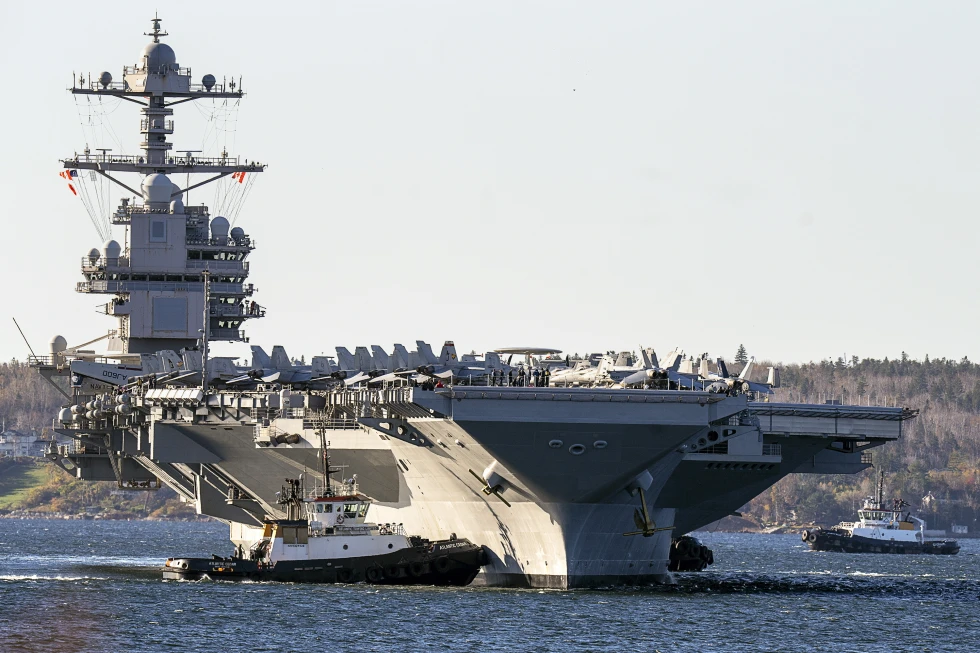
The Nimitz-class carriers, nuclear-powered and featuring an impressive displacement of over 100,000 tons, have been the backbone of the U.S. Navy for decades. The newer Ford-class carriers bring enhanced capabilities, including increased aircraft sortie rates and operational flexibility. The USS Gerald R. Ford, the lead ship of this class, showcases cutting-edge technology, such as electromagnetic aircraft launch systems.
Advertisement
2. China: Liaoning, Shandong, Type 003
China's growing naval influence
China's emergence as a naval power is symbolized by its expanding carrier fleet. The Liaoning, Shandong, and the upcoming Type 003 CNS Fujian underscore China’s commitment to maritime influence, aiming for regional dominance in the Indo-Pacific.
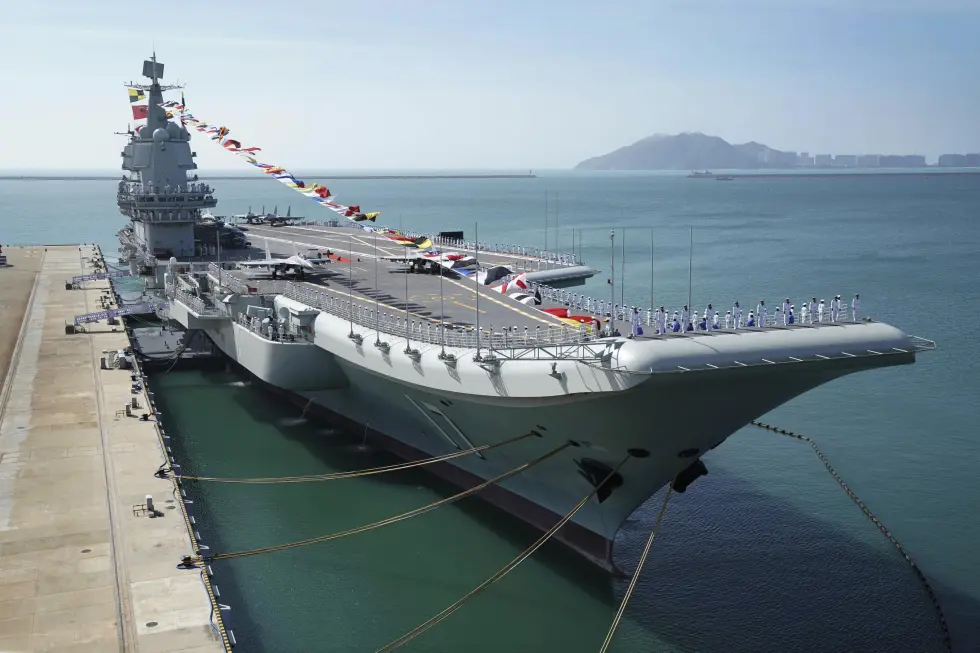
The Liaoning, a refurbished Soviet-era carrier, demonstrated China's entry into carrier operations. The Shandong, China's first domestically built carrier, represents a significant leap in technological capability. The Type 003, currently under construction, is anticipated to enhance China's power projection with catapult launch systems.
3. India: INS Vikramaditya, INS Vikrant
India's maritime security assurance
India's carriers, including the indigenous INS Vikrant, bolster defense capabilities and provide a platform for power projection in the Indian Ocean. These carriers underline India's strategic importance in a region of increasing geopolitical significance.
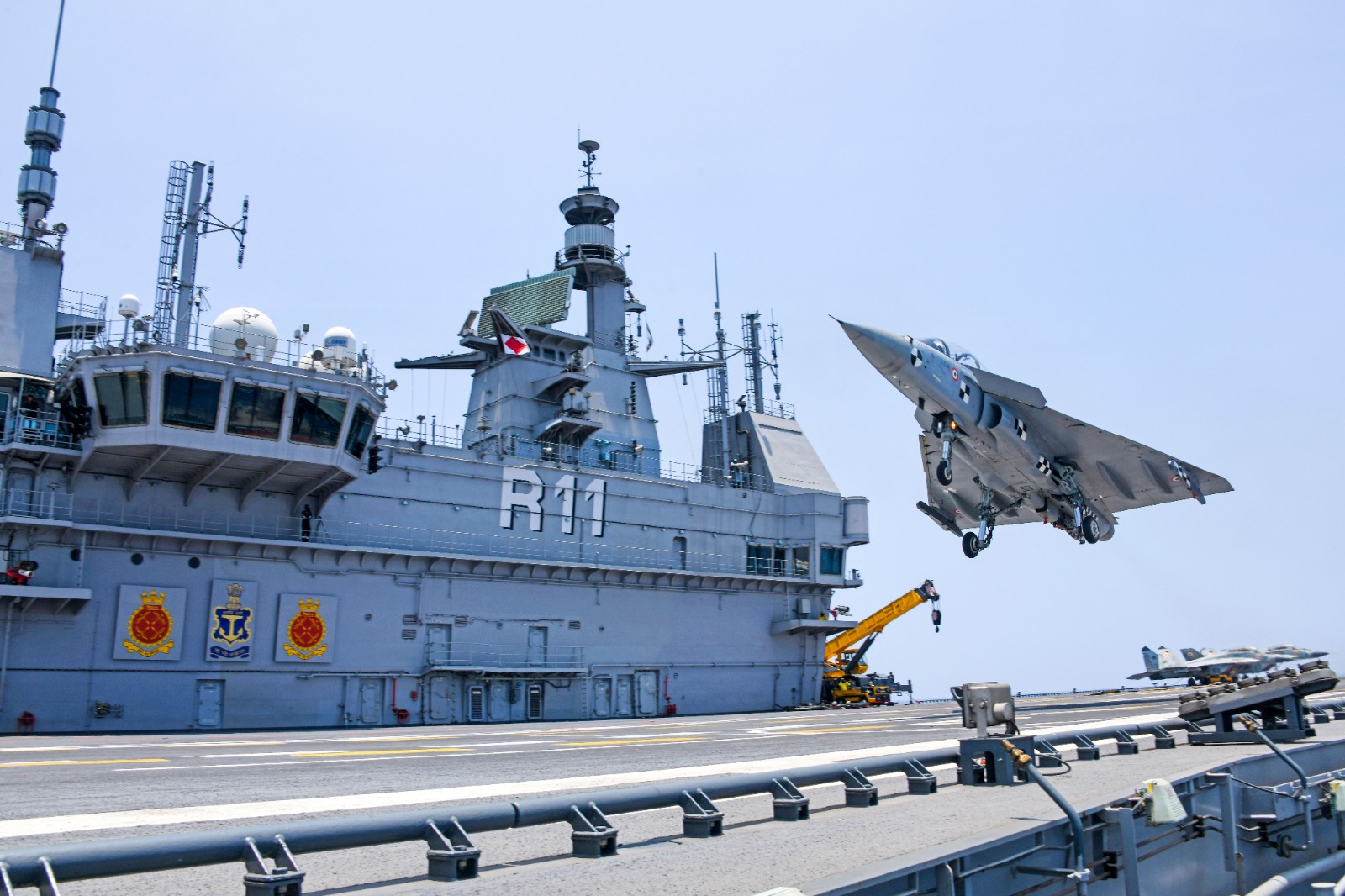
The INS Vikramaditya, a modified Kiev-class carrier acquired from Russia, enhances India's naval reach. The INS Vikrant, India's first indigenously built carrier, marks a significant achievement in the nation's defense capabilities. It is designed to operate a mix of aircraft, including the indigenous Tejas and MH-60R helicopters.
Advertisement
4. United Kingdom: HMS Queen Elizabeth, HMS Prince of Wales
UK's naval pride
The Royal Navy's HMS Queen Elizabeth and HMS Prince of Wales signify the UK's dedication to maintaining a global naval presence. These colossal carriers project power in defense of British interests and contribute to international maritime stability.
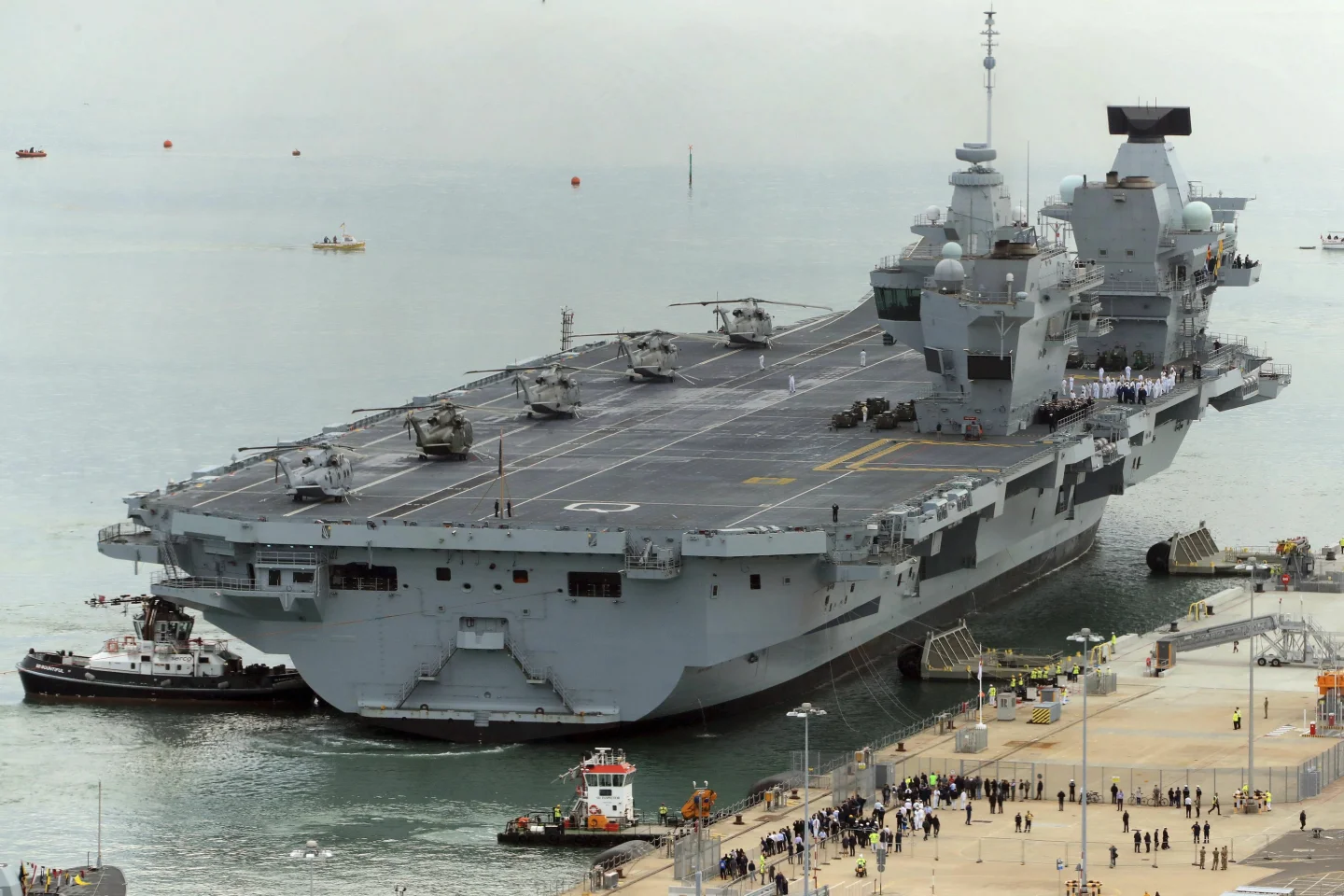
HMS Queen Elizabeth, the largest carrier ever built for the Royal Navy, features the innovative design of a ski jump for short takeoffs. HMS Prince of Wales complements this capability, showcasing the UK's commitment to modern naval aviation.
5. Italy: Giuseppe Garibaldi, Cavour
Versatile amphibious capabilities
Italy's carriers, Giuseppe Garibaldi and Cavour, offer a unique blend of amphibious assault capabilities and air power projection. These versatile platforms highlight Italy's capacity for maritime influence and rapid response operations.
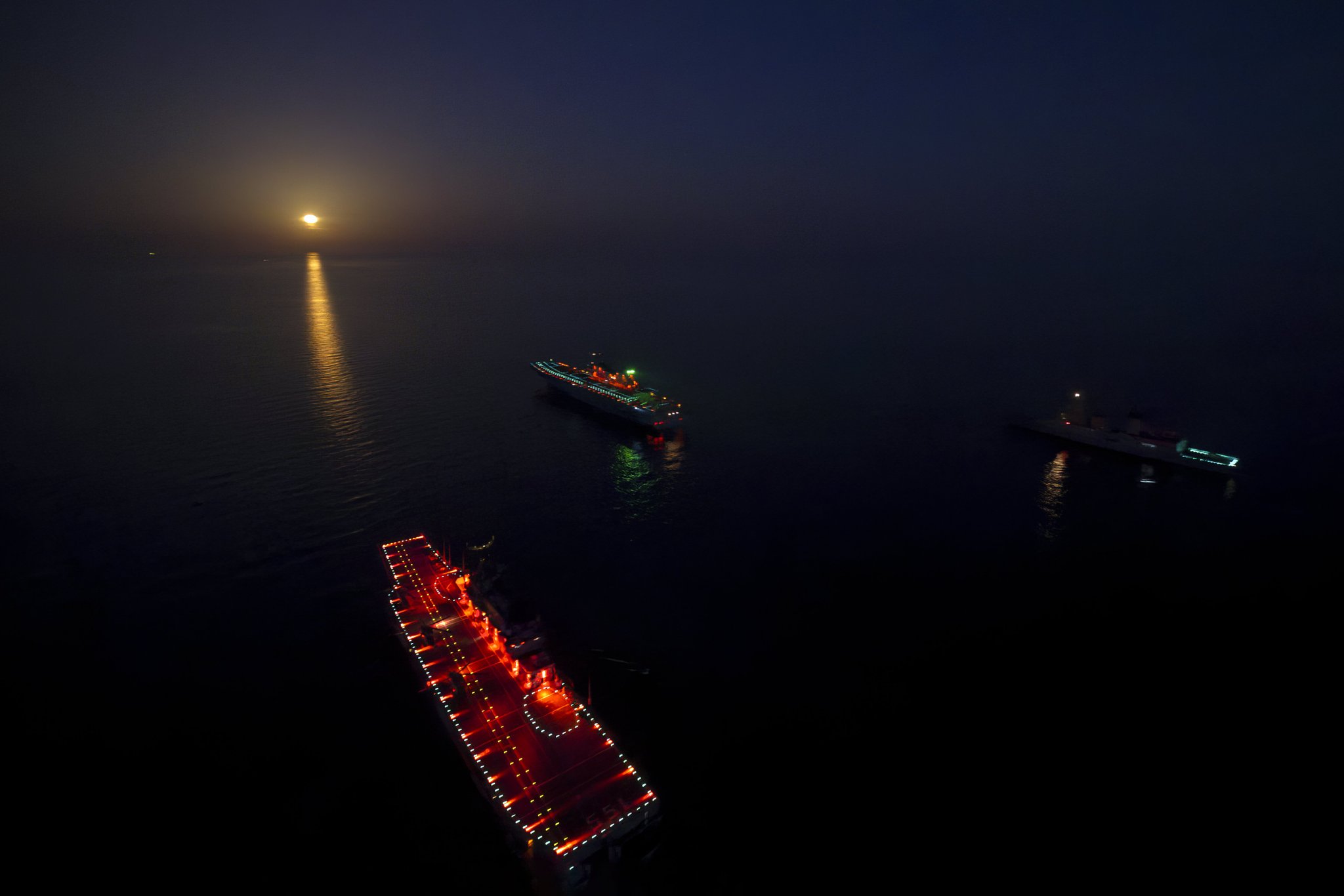
Giuseppe Garibaldi, a smaller carrier, serves a dual role as an amphibious assault ship. Cavour, a larger carrier, is designed for fixed-wing aircraft operations. Italy's carriers enhance the nation's ability to contribute to international operations and crisis response.
Advertisement
6. Japan: Izumo, Kaga (converted for F-35B operations)
Japan's evolving security priorities
Japan's transformation includes embracing aircraft carriers as defensive tools. The Izumo and Kaga carriers, retrofitted for F-35B operations, signify Japan's commitment to regional stability and maritime security.
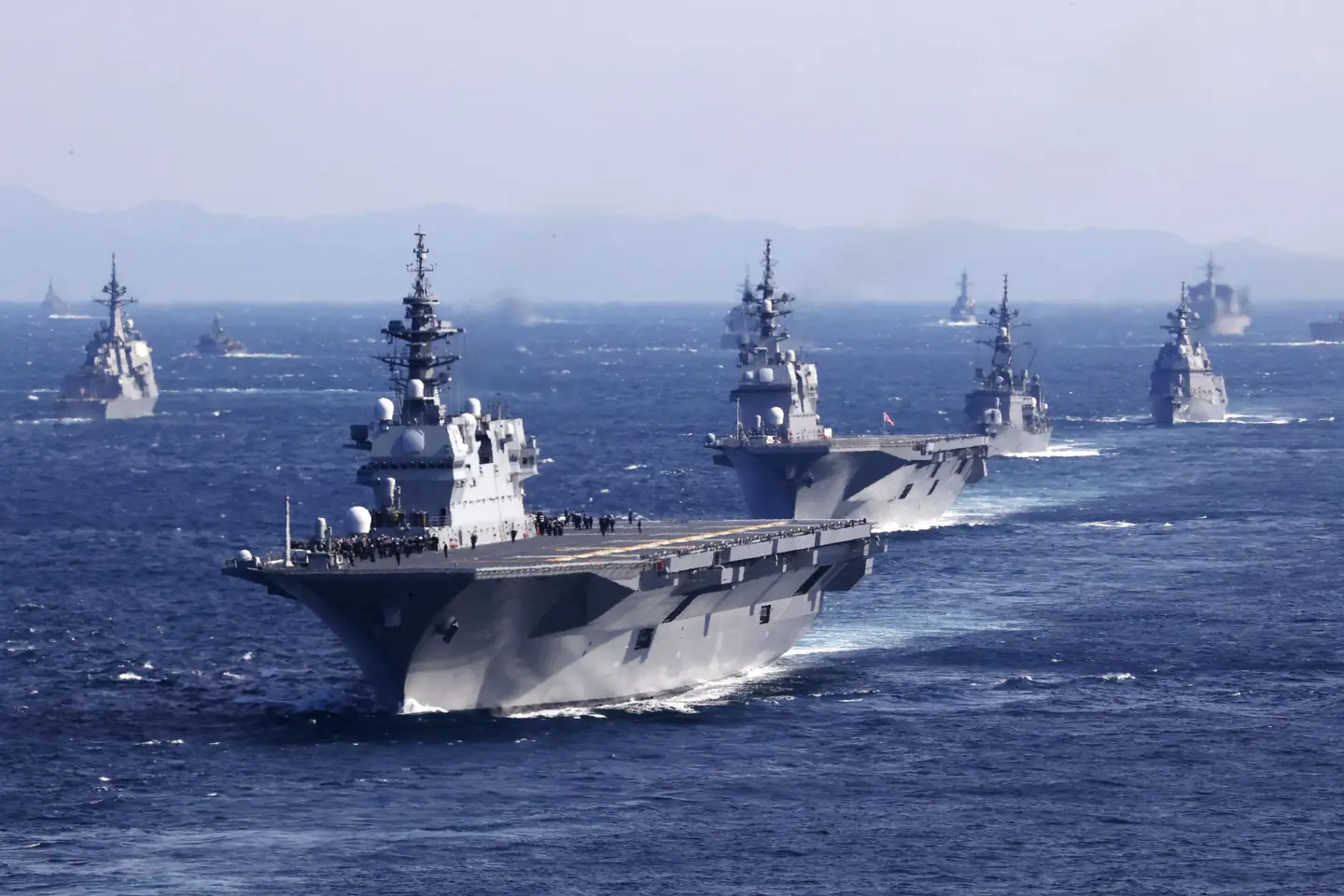
The Izumo-class carriers, initially designated as helicopter destroyers, underwent modifications to support F-35B operations, showcasing Japan's adaptability to evolving security challenges. This shift aligns with Japan's focus on enhancing its defense capabilities.
7. Russia: Admiral Kuznetsov
Symbol of Russian maritime resurgence
Despite aging and maintenance challenges, Russia's Admiral Kuznetsov remains a potent symbol of Russian maritime resurgence. This unique carrier projects power and represents Russia's naval ambitions globally.
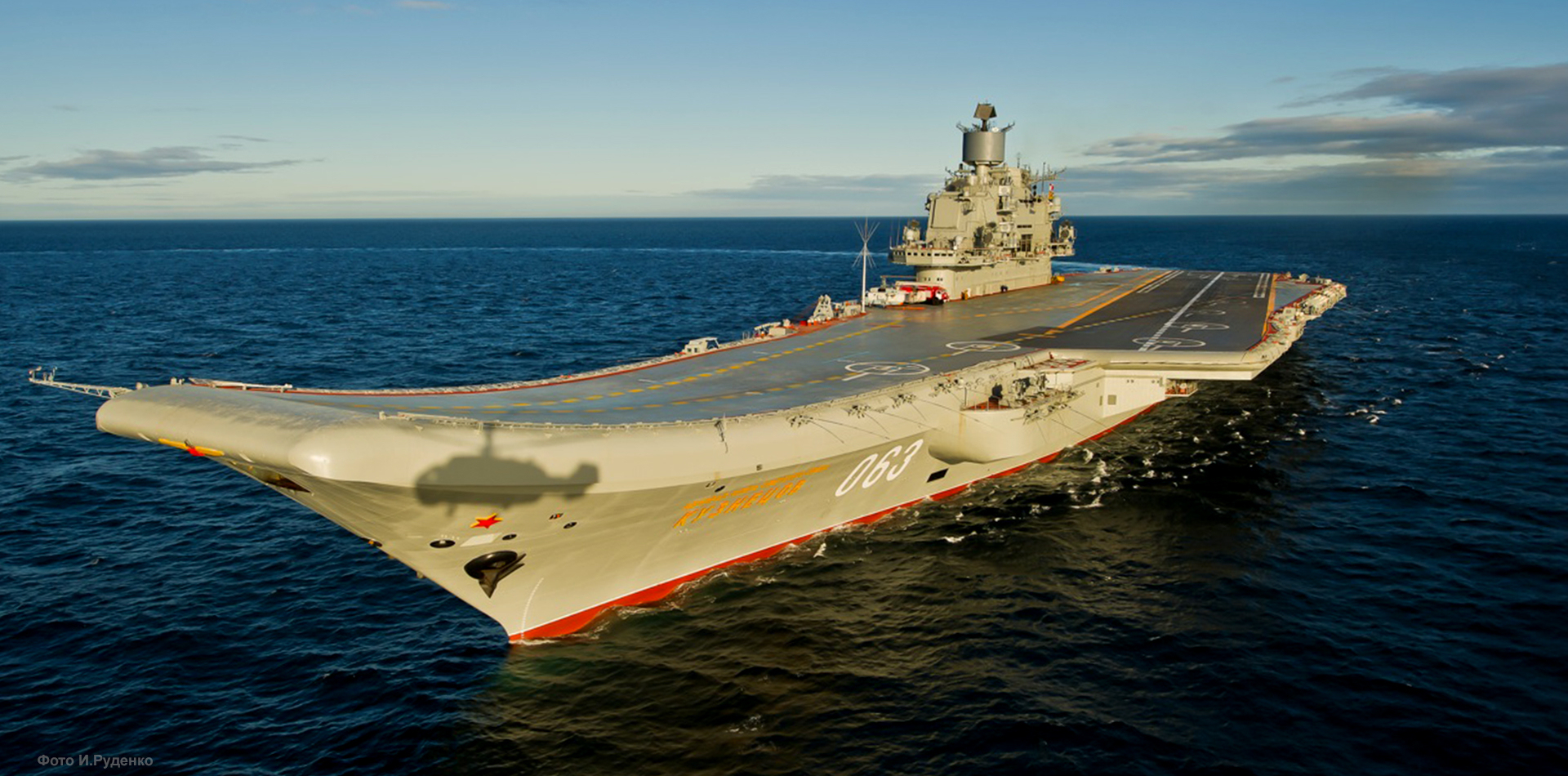
The Admiral Kuznetsov, a ski-jump carrier, provides Russia with a power projection capability. While undergoing repairs and modernization, its role in past operations, including in Syria, highlights its strategic significance in Russian naval strategy.
Advertisement
8. France: Charles de Gaulle
Nuclear-powered naval prowess
France's Charles de Gaulle, a nuclear-powered carrier, stands as a testament to French naval prowess. Its combat history, flexibility, and role in international operations exemplify its significance in global maritime security.
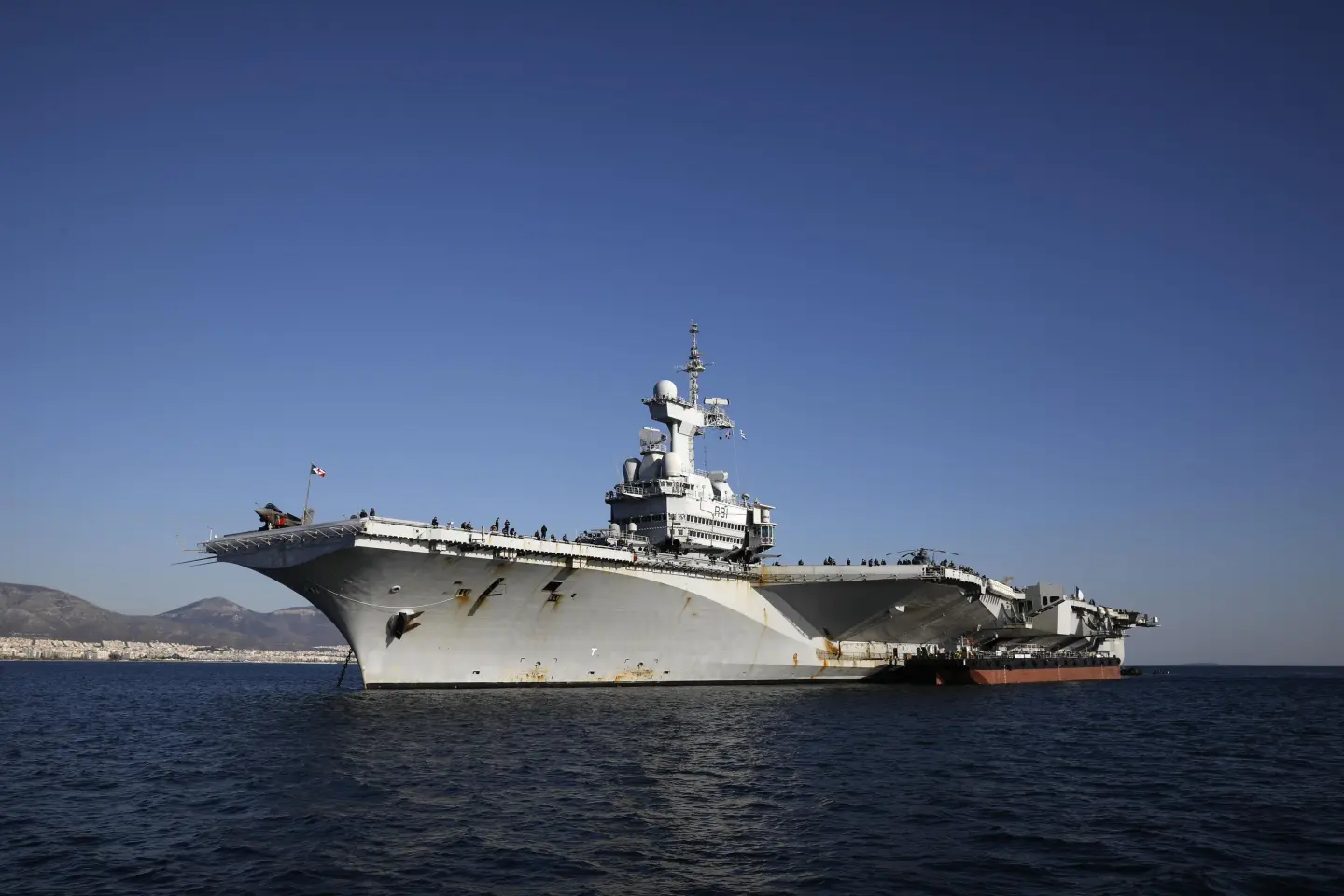
As the only nuclear-powered carrier outside the U.S., Charles de Gaulle enhances France's operational range and endurance. It plays a crucial role in supporting France's defense policy and contributing to NATO missions.
9. Turkey: TCG Anadolu (potential F-35B operations)
Aspirations for regional dominance
Turkey's TCG Anadolu represents aspirations for regional maritime dominance. With potential F-35B operations, this carrier reflects Turkey's ambition to project power and safeguard its interests in a dynamic geopolitical landscape.
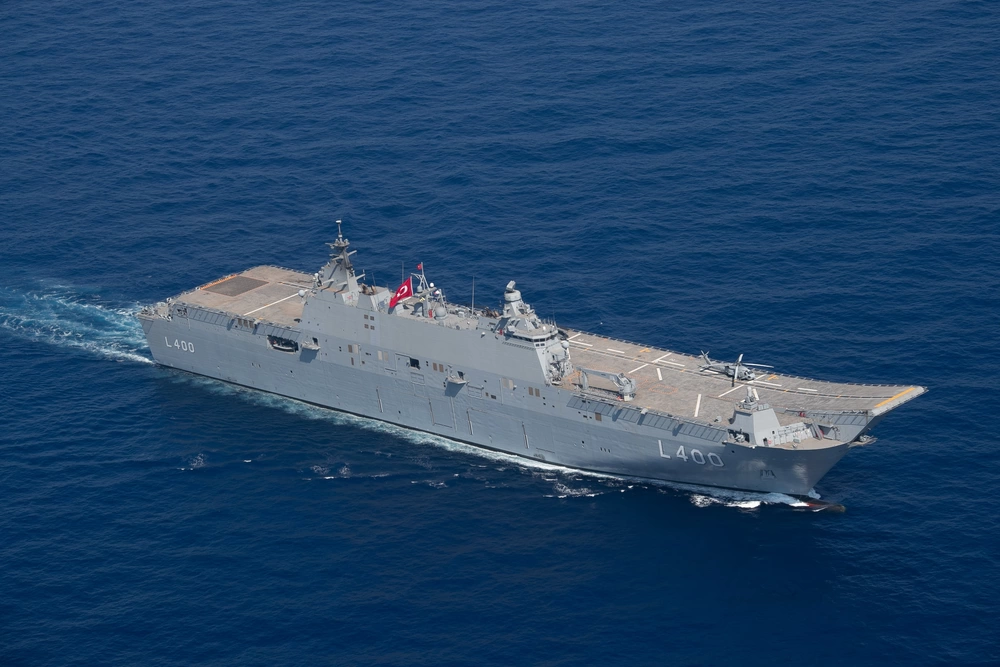
TCG Anadolu, a multipurpose amphibious assault ship, expands Turkey's naval capabilities. The potential incorporation of F-35B aircraft underscores Turkey's focus on modernizing its military forces and participating in regional security efforts.
Advertisement
10. Spain: Juan Carlos I
Versatile amphibious carrier
Spain's Juan Carlos I symbolizes the nation's commitment to naval readiness and rapid response capabilities. Its potential for air operations underscores Spain's role in regional security.
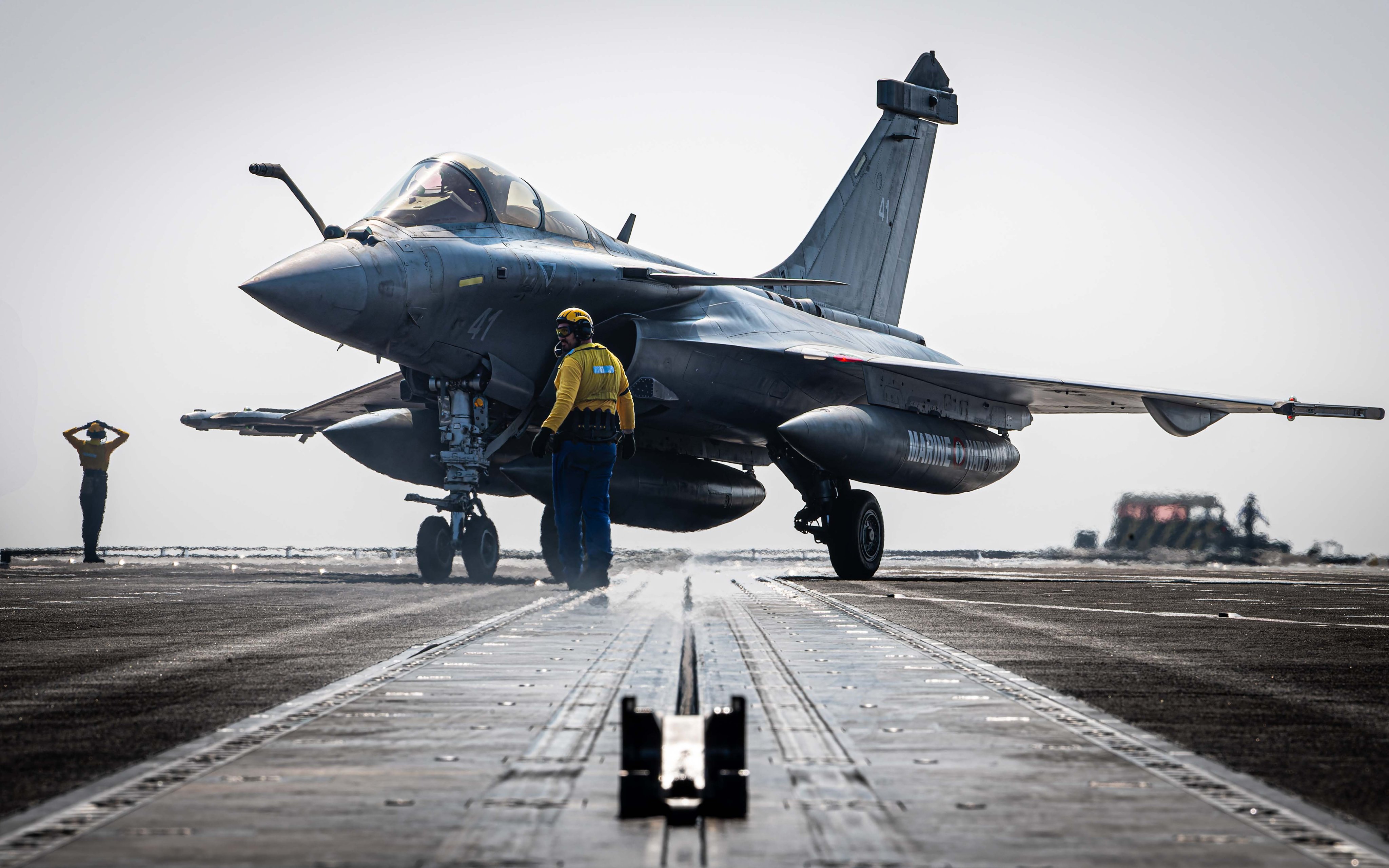
Designed as a multipurpose amphibious assault ship, Juan Carlos I enhances Spain's ability to conduct a range of military and humanitarian operations. Its versatility contributes to Spain's standing in regional and international security initiatives.
Shaping global maritime stability
A fleet carrier is strategically designed to operate within the main fleet, boasting a robust offensive capability and remarkable speed. These carriers are the largest in size and possess the agility required for fast-paced naval operations. In contrast, escort carriers were specifically developed to safeguard convoys of ships. They are characterized by smaller sizes, slower speeds, and a reduced capacity for carrying aircraft.
In conclusion, these top 10 nations strategically deploy aircraft carriers, shaping global maritime stability and power projection. From the technologically advanced carriers of the United States to the emerging fleets of nations like China and India, each carrier fleet represents a thread in the fabric of global maritime security.
Advertisement
13:30 IST, December 7th 2023